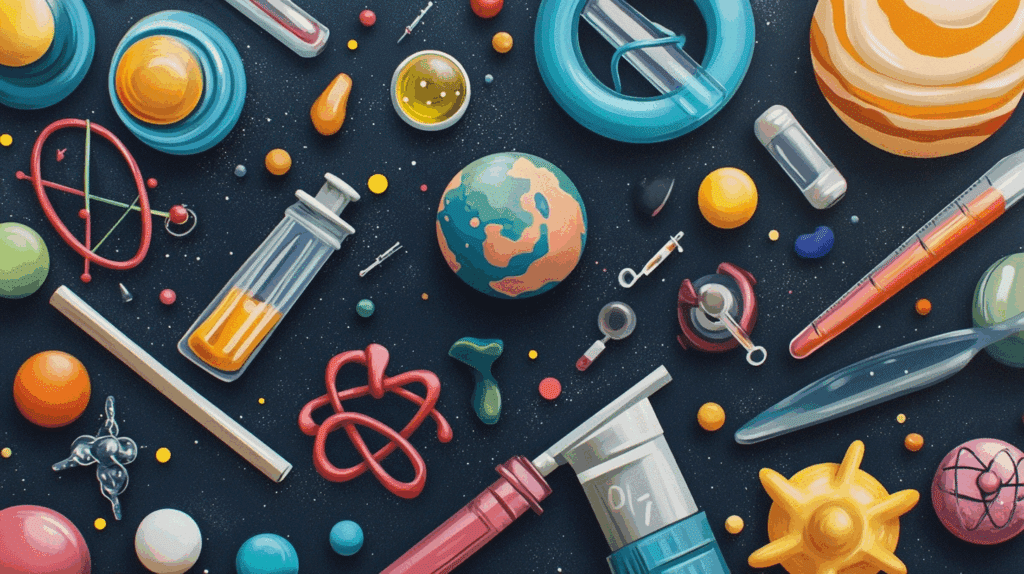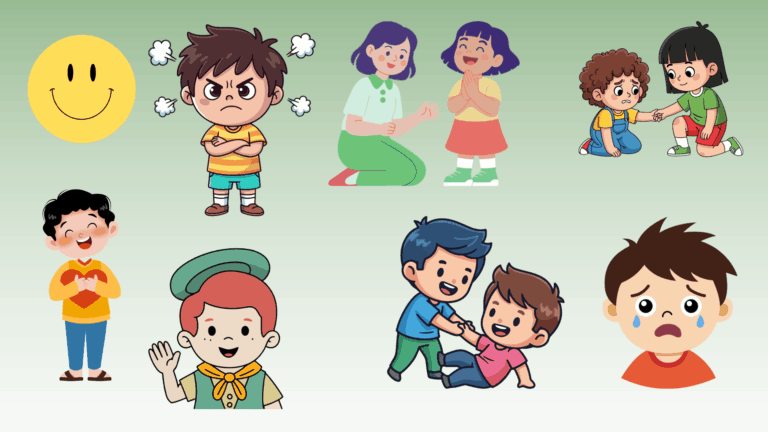Kids are naturally curious about the world around them. They ask questions about stars, plants, and why things work the way they do.
But sometimes, finding ways to keep their interest in science can be tricky for parents and teachers alike.
Good news! Parents and teachers don’t need fancy equipment or complex lessons to spark children’s love for science. Simple trivia facts can turn an ordinary moment into a chance for learning and fun.
This blog shares engrossing science trivia that will make kids say, “Wow!” These easy-to-remember facts will help adults boost children’s interest in science, start great conversations, and maybe even inspire the next generation of scientists.
Importance of Science Trivia for Kids

Science trivia opens doors to learning in ways that formal lessons sometimes cannot. When parents and teachers share fun facts with kids, they often see children’s eyes light up with wonder. This instant engagement makes science feel like a treat rather than a task.
Small bits of information stick in children’s minds and often lead to bigger questions. For example, a simple fact about how bees communicate can spark hours of curious exploration.
Here’s why science trivia matters for kids:
- It builds background knowledge that they can use in school
- It makes science feel approachable and fun
- It helps kids connect everyday life to scientific concepts
- It provides starting points for family discussions
- It boosts confidence when children can share facts with others
The beauty of science trivia is its flexibility. Parents can use it during car rides, meal times, or whenever there’s a free moment. These small learning moments add up to create a lifelong love of science.
Fun and Interesting Science Trivia for Kids
Science trivia isn’t just fun; it introduces curiosity, inspires questions, and makes learning exciting for kids of all ages. It doesn’t matter if they’re enchanted by planets, animals, or bubbling beakers; these bite-sized facts are perfect for encouraging young minds to research.
Get ready to ignite their love for curiosity with these themed trivia questions across every corner of science.
Travelling the Universe: Astronomy & Space
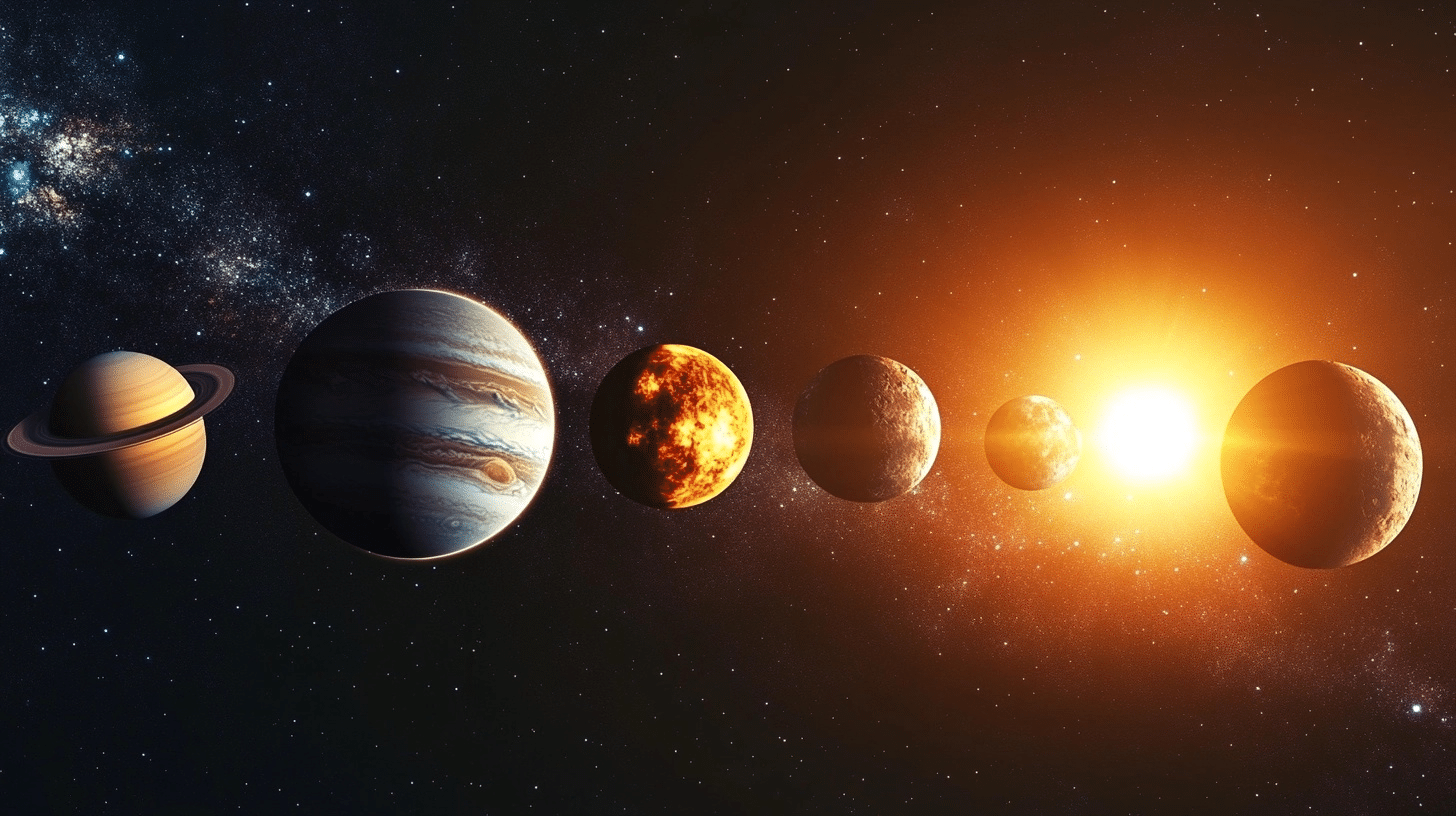
1. What is the farthest planet from the sun?
Neptune
2. What is the largest planet in our solar system?
Jupiter
3. Which planet is known as the “Red Planet”?
Mars
4. What is the name of the galaxy that houses our solar system?
The Milky Way
5. What is the name of the largest volcano in our solar system?
Olympus Mons
6. How many planets are in our solar system?
Eight
7. What forms at the end of a star’s life?
A black hole
8. What is a parsec?
A unit of length to measure long distances of astronomical objects, equal to 3.26 light years
9. Which planet has the most moons?
Saturn
10. What is the main gas that makes up Earth’s atmosphere?
Nitrogen
Inside Our Amazing Bodies: Human Science Simplified
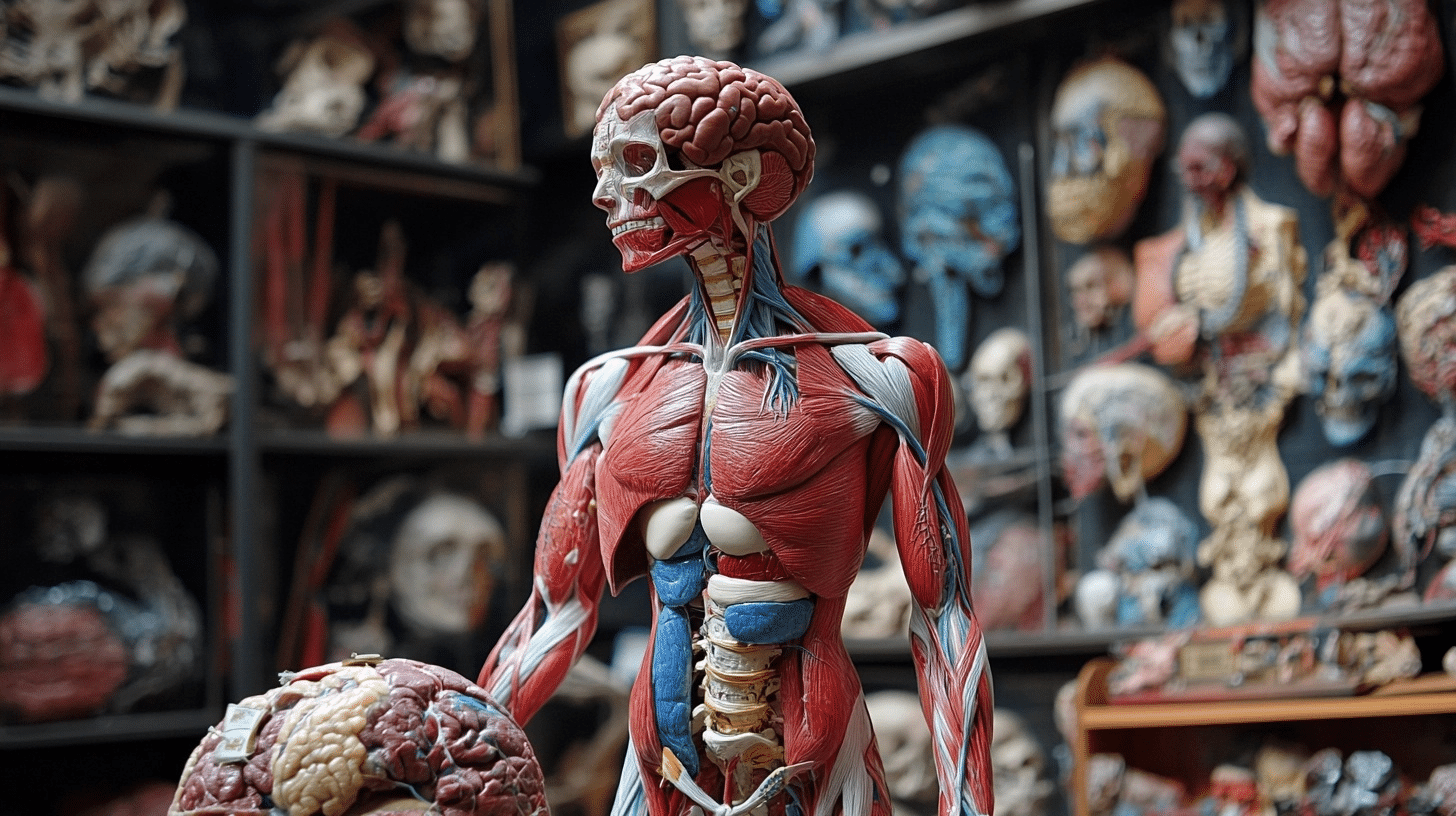
11. What is the largest organ in the human body?
The skin
12. What is the powerhouse of the cell?
Mitochondria
13. What is the process called when a caterpillar transfigures into a butterfly?
Metamorphosis
14. What is the name for the tiny filters in our kidneys that help remove waste from our blood?
Nephrons
15. Which organ in the human body is responsible for pumping blood?
The heart
16. True or false: All living things are made up of cells.
True
17. Which part of the body is responsible for filtering waste from the blood and producing urine?
The kidneys
18. What is the pigment that gives plants their green color and helps them with photosynthesis?
Chlorophyll
19. What is the hard outer covering on insects called?
Exoskeleton
20. Which body system is responsible for taking in oxygen and removing carbon dioxide from our bodies?
The respiratory system
21. What is the process called when a plant uses sunlight, water, and carbon dioxide to produce glucose and oxygen?
Photosynthesis
22. What is the process called when a tadpole metamorphoses into a frog?
Metamorphosis
23. What is the largest mammal on Earth?
The blue whale
24. What is the largest land animal on Earth?
The African elephant
25. What is the substance that gives human skin, hair, and nails their color?
Melanin
26. True or false: Birds are the only animals that can fly.
False. Bats can also fly.
27. Which sense do taste buds help us with?
Taste
28. What is the name of the tiny, thread-like structures that carry genetic information in cells?
DNA (Deoxyribonucleic Acid)
29. What is it called when a lizard regrows its tail?
Epimorphic regeneration
30. Is a tomato a fruit or a vegetable?
A fruit
Mix It Up: Chemistry Facts That Bubble and Fizz

31. What is the chemical symbol for water?
H₂O
32. What is the most abundant gas in the Earth’s atmosphere?
Nitrogen
33. What is the chemical symbol for gold?
Au
34. What is the smallest unit of a chemical element?
Atom
35. What element is used in pencils?
Graphite (Carbon, C)
36. What is the pH level of pure water?
7 (Neutral)
37. What gas do humans exhale when they breathe out?
Carbon dioxide (CO₂)
38. What do we call the process of turning a liquid into a gas?
Evaporation
39. What gas do we fill balloons with to make them float?
Helium (He)
40. What chemical element has the atomic number 1?
Hydrogen (H)
41. What gas is used to fill light bulbs?
Argon (Ar)
42. What element is a major component of bones and teeth?
Calcium (Ca)
43. What do you call a reaction that absorbs heat?
Endothermic reaction
44. What is the most common acid found in lemons and other citrus fruits?
Citric acid
45. What do you call the negatively charged particles in an atom?
Electrons
46. What do you call the centre of an atom?
Nucleus
47. What do you call a substance that speeds up a chemical reaction without being consumed?
Catalyst
48. What is the common name for the chemical substance NaCl?
Salt
49. What happens to a liquid when it evaporates?
It turns into a gas
50. What happens to most metals when they are heated?
They expand
51. What do you call the process of changing from a gas to a liquid?
Condensation
52. What do we call substances like sugar or salt that dissolve in water?
Soluble
53. What do we call a type of substance that can catch fire easily?
Flammable
54. What do we call the outer part of an atom?
Electron shell
55. What is the chemical symbol for magnesium?
Mg
Motion Magic: Physics Tidbits for Curious Kids

56. What is the speed of light?
299,792,458 meters per second
57. What is the force that pulls objects toward Earth?
Gravity
58. What is the unit of electrical resistance?
Ohm
59. What is the term for materials that do not allow electricity to flow through them?
Insulators
60. What is the term for materials that allow electricity to flow through them easily?
Conductors
61. What is the basic unit of electric current?
Ampere
62. What is the term for the bending of light as it passes from one medium to another?
Refraction
63. What is the term for the bouncing back of light when it hits a surface?
Reflection
64. What is the term for the amount of matter in an object?
Mass
65. What is the term for the space an object occupies?
Volume
Our Wonderful Planet: Earth Science Marvels
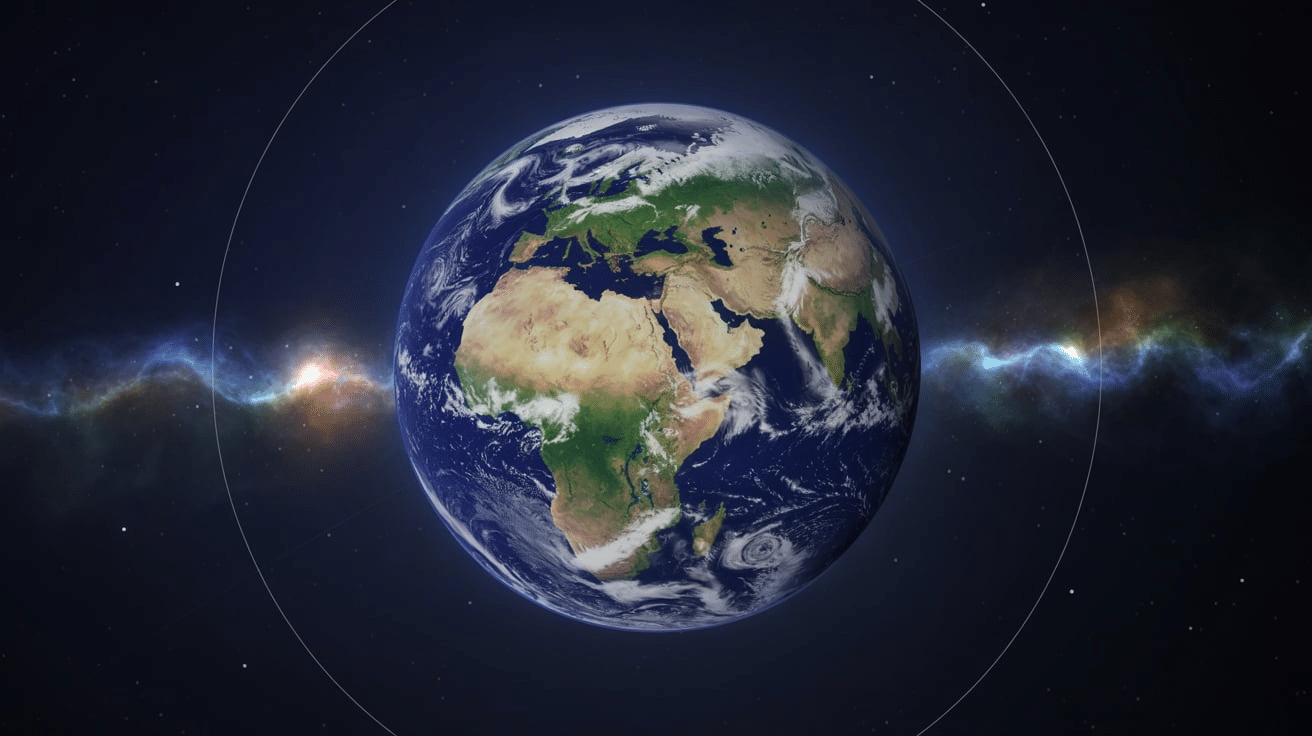
66. What percentage of the Earth’s surface is covered by oceans?
About 71%
67. What is the largest ocean on Earth?
Pacific Ocean
68. What is the name of the deepest part of the ocean?
Mariana Trench
69. What causes ocean tides?
The gravitational pull of the Moon
70. What is the largest desert on Earth?
The Antarctic Desert
71. What do you call molten rock when it’s below Earth’s surface?
Magma
72. What do you call molten rock after it erupts from a volcano?
Lava
73. What is the layer of gases surrounding the Earth called?
The atmosphere
74. Which natural disaster is measured using the Richter scale?
Earthquake
75. What are the three layers of Earth?
Crust, Mantle, Core
76. What do you call the shaking of the ground caused by the movement of the Earth’s crust?
Earthquake
77. What is the study of weather called?
Meteorology
78. What is the name of the imaginary line that divides the Earth into the Northern and Southern Hemispheres?
Equator
79. What natural resource is used to generate hydroelectric power?
Water
80. What do we call a scientist who studies rocks?
Geologist
81. What causes the seasons to change?
Earth’s tilt and its orbit around the Sun
82. What type of rock is formed from cooled lava?
Igneous rock
83. What is the main source of energy for the Earth?
The Sun
Wild World Wonders: Animal Kingdom to Dig Zoology
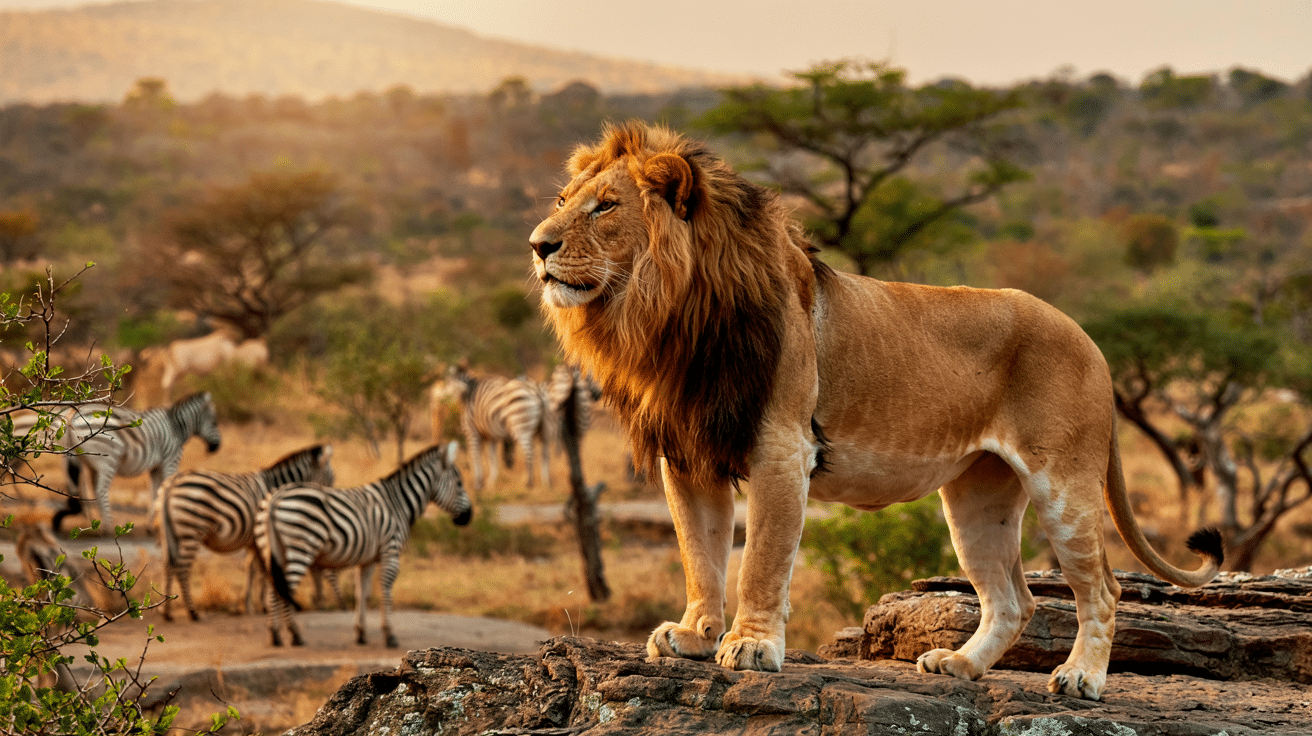
84. What do you call animals that only eat plants?
Herbivores
85. What is the fastest land animal?
Cheetah
86. What kind of animal is a Komodo dragon?
A lizard
87. How many legs does a spider have?
Eight
88. What bird is known for mimicking sounds?
Parrot
89. What animal can live both in water and on land?
Amphibian
90. What mammal lays eggs?
Platypus
91. What is the only mammal that can fly?
Bat
92. What is the largest species of shark?
Whale shark
93. What is the smallest type of bird?
Hummingbird
94. What do we call animals that are active at night?
Nocturnal
95. What’s the group name for a bunch of lions?
Pride
96. What is the tallest land animal?
Giraffe
97. What animal has black and white stripes?
Zebra
98. What is the slowest animal in the world?
Three-toed sloth
Science All Around Us: Fun Everyday Trivia

99. What simple machine is a seesaw?
Lever
100. What does a thermometer measure?
Temperature
101. What do bees collect from flowers to make honey?
Nectar
102. What is the frozen form of water called?
Ice
103. What do you call a scientist who studies plants?
Botanist
104. What tool is used to look at stars and planets?
Telescope
105. What do you use to measure weight?
Scale
106. What is the name of the science of classifying organisms?
Taxonomy
107. What does a paleontologist study?
Fossils
108. What do we call a guess that can be tested in an experiment?
Hypothesis
109. What tool is used to magnify small objects?
Microscope
110. What do plants release into the air that humans need to breathe?
Oxygen
111. What do you call rain that contains acidic components?
Acid rain
112. What is the study of forces and motion called?
Physics
113. What do we call water in gas form?
Water vapor
114. What happens to water when it reaches 0°C or 32°F?
It freezes
115. What is a scientist who studies animals called?
Zoologist
116. What is the color of copper when it oxidizes?
Green
117. What does a barometer measure?
Air pressure
118. What is dry ice made of?
Solid carbon dioxide
119. What is the main source of vitamin D for humans?
Sunlight
120. What are the building blocks of everything around us?
Atoms
121. What is the study of the Earth’s atmosphere and weather called?
Meteorology
122. What tool do we use to see very tiny organisms?
Microscope
123. What is the temperature at which water boils?
100°C or 212°F
124. What is a fun name for a scientist who studies chemistry?
Chemist
125. What part of the plant anchors it into the ground?
Roots
126. What is a series of steps used to solve a scientific problem?
Scientific method
127. What state of matter has no fixed shape but has volume?
Liquid
128. What state of matter spreads out to fill the container?
Gas
129. What causes a rainbow?
Refraction and dispersion of light
130. What are animals with a backbone called?
Vertebrates
131. What are animals without a backbone called?
Invertebrates
132. What is the natural satellite of the Earth?
The Moon
133. What part of your body helps you think?
The brain
134. What vitamin do you get from sunlight?
Vitamin D
135. What natural resource do we breathe every day?
Air
136. What’s it called when something changes from a liquid to a solid?
Freezing
137. What is the name of the scientist who developed the theory of relativity?
Albert Einstein
Making Facts Stick: Using Science Trivia Effectively

Knowing fun science facts is just the first step. The real magic happens when parents and teachers use these facts in ways that truly engage children. With the right approach, even the simplest piece of science trivia can spark hours of learning and exploration.
- Science trivia works best when it connects to something a child can see or touch.
- Parents can introduce facts during daily activities like cooking or walking outside.
- Teachers might use trivia as quick attention-grabbers at the start of lessons.
- Asking follow-up questions turns a single fact into an extended learning moment
- Pairing trivia with simple home experiments reinforces scientific concepts
- Using trivia cards during mealtimes creates fun family learning routines
- Children learn more when they share trivia facts with others in their own words
- Visual aids make trivia more memorable for kids who learn better by seeing
- Starting a “science fact of the day” habit builds anticipation and consistency
- Allowing kids to research and verify facts teaches critical thinking skills
With these methods, science trivia becomes more than just random facts; it converts into a powerful tool for learning.
When adults make these small moments count, they help build a foundation for scientific thinking that will benefit children throughout their lives. Why not start with just one science fact today and see where curiosity leads?
Finishing It Up
Science trivia for kids offers a simple yet powerful way to connect with children. Throughout this blog, we’ve looked at why these bite-sized facts matter and how they can spark a child’s natural curiosity about the world.
So what’s the takeaway? Even small moments with science trivia for kids can lead to big learning opportunities. When adults share interesting facts during everyday activities, they plant seeds of scientific thinking that may grow for years to come.
What’s next? Start small. Pick one science trivia for kids from this article and share it with a child today. Watch their reaction, answer their questions, and follow where their curiosity leads. The science expedition doesn’t need to be complicated; it just needs to begin.
Have you found a science fact that particularly captured your kid’s attention? Share your experience in the comments below!


